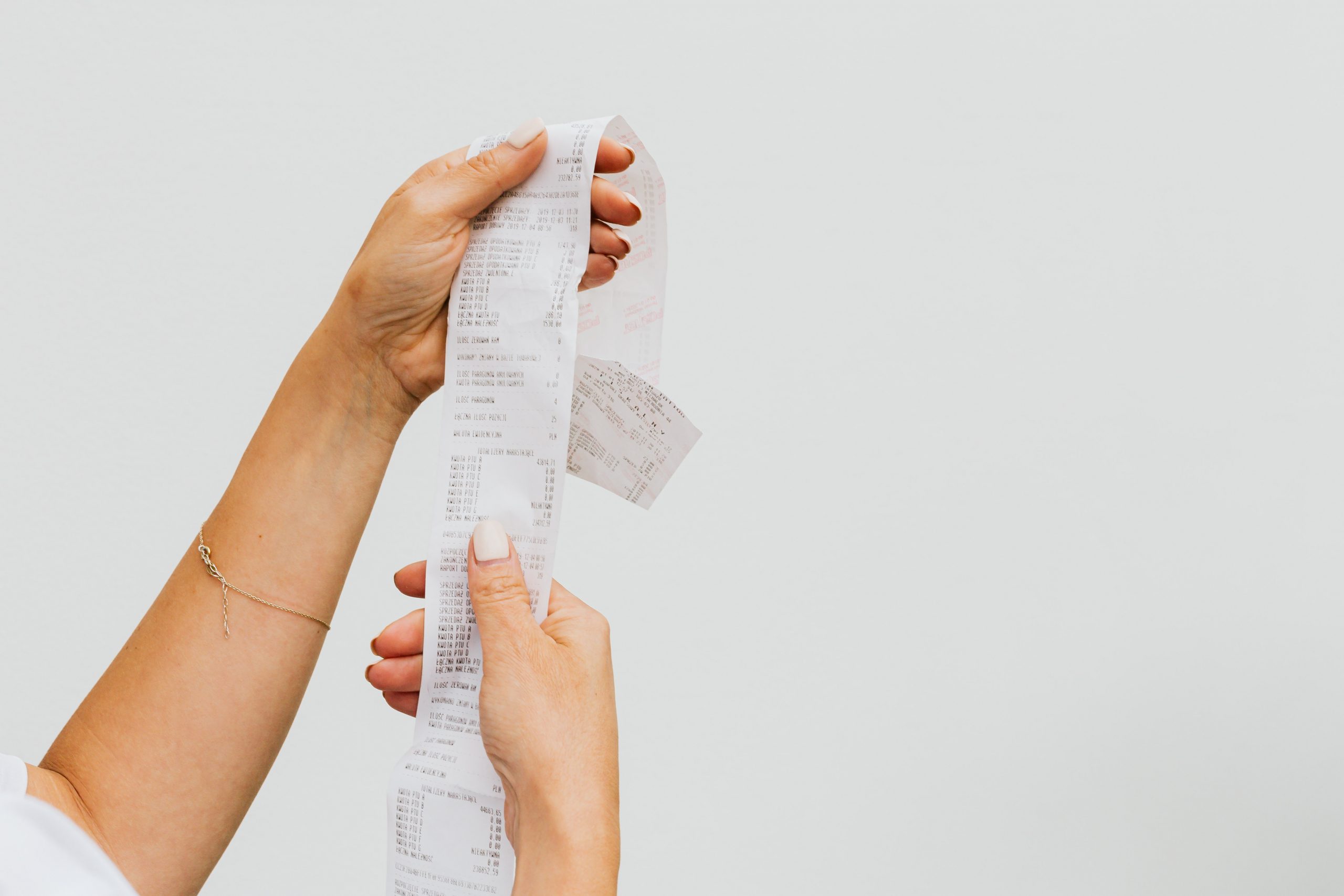To maintain compliance and transparency, it is crucial to adhere to certain guidelines while creating a donation receipt. Donor confidence is increased when donation receipts are issued accurately and on time. Legal issues are also avoided by eliminating mistakes and misrepresentations on donation receipts.

- You may standardize your receipts’ appearance and feel by automating them.
- A heartfelt thank you note is still necessary even after issuing a donation receipt.
The Do’s of Donation Receipts
By adhering to some basic best practices, you may get the most out of your donation receipts.
1. Stay Simple With the Formatting
Your contributors should be able to immediately find the information they require by scanning their receipts. This information includes the amount of their gift, your charity’s name, the day the donation was made, and how they made their payment.
2. Utilize Automation
Many nonprofit software systems come with automated receipting as a basic feature, and it can completely change how you manage your receipting procedure.
Automating receipt production allows you to standardize the appearance and feel of your receipts. Also, repeat donors will find life much simpler with this kind of consistency!
3. Send Out Year-end Donation Receipts
Nonprofits frequently send a list of each donor’s contributions at the end of the year. For instance, a recurrent donor would get a receipt for every donation in addition to a statement of their whole giving history for the year (at the end of the year). You aren’t legally compelled to write a year-end letter if you’ve automated your receipting procedure and email gift acknowledgments right away after someone donates. However, doing so can be a wonderful way to acknowledge and thank supporters who have contributed more than once over the past year.
Early January is when you should send your year-end receipts as it accurately represents the donor’s efforts from the previous year. Sending year-end summaries earlier could cause some gifts to be overlooked as about a third of gifts are given during December.
The Don’ts of Donation Receipts
The following practices can make you look ungrateful to donors of your cause and/or Nonprofit:
1. Ignoring Donations of Goods and Services
Even if it’s more difficult than delivering receipts for online donations, sending receipts for in-kind donations is still crucial. Maintaining consistency in your receipting procedures demonstrates that you value in-kind contributions just as you do monetary contributions.
If the value of the donation exceeds $250, you should provide a donation receipt. This includes donations for both services and products (such as clothing or vehicles). Also, the donor is responsible for giving you an estimate of the value of their contribution. Your organization ought to note that value in your receipt as a courtesy.
2. Leaving out the “Thank You”
While a donation receipt doesn’t replace a thoughtful thank you note, it is a wonderful way to acknowledge your donors’ generosity. Add a few sentences. Thank them for their help and inform them of the impact of their donation. Also, keep it brief.
First-time contributors who receive a personalized thank-you letter within 48 hours of their donation are four times more likely to make a second donation, claims NonprofitHub.
Conclusion
A well-managed donation receipt procedure can help to foster positive relationships and ensure continued support for charitable causes. By considering the do’s and don’ts above, you will effectively share donation receipts that resonate.
Did you enjoy reading this article? Please let us know by sharing your comments and suggestions with us below this post.


